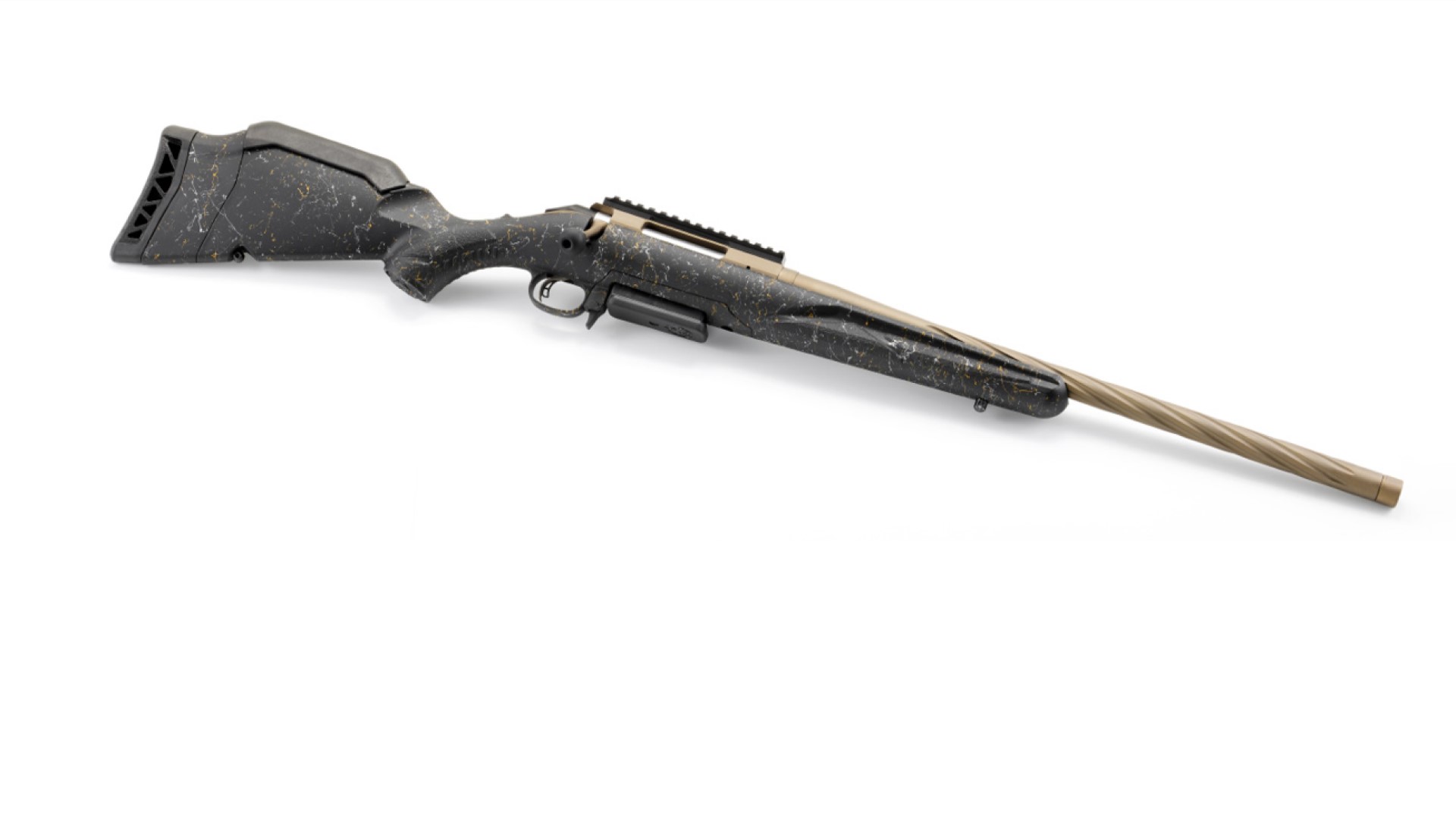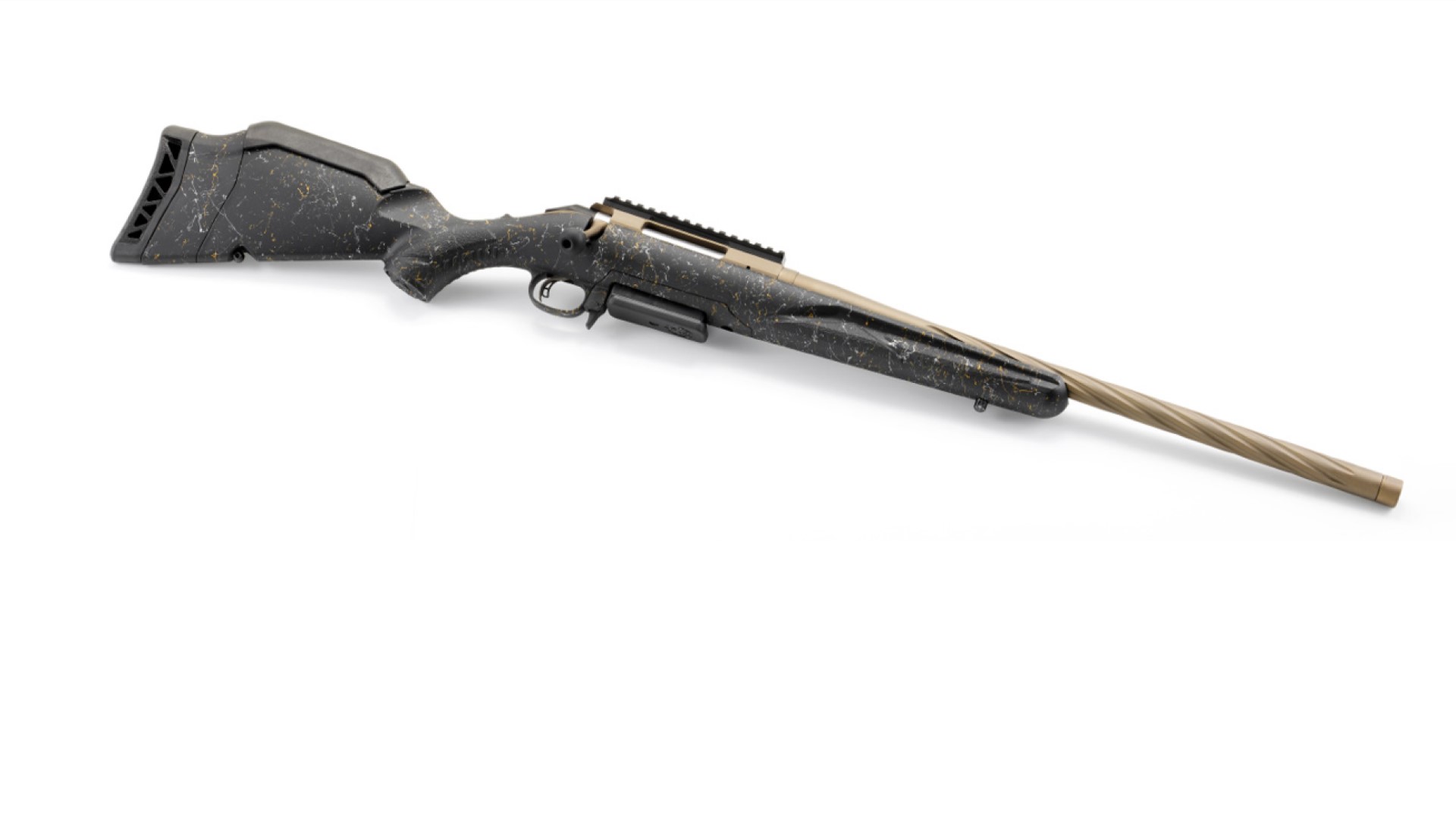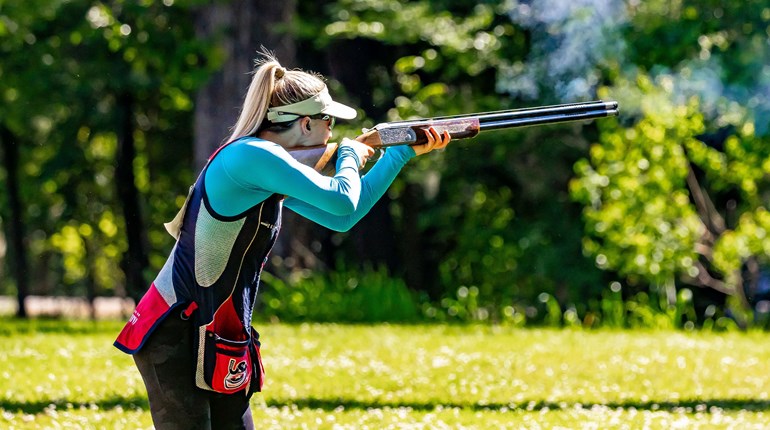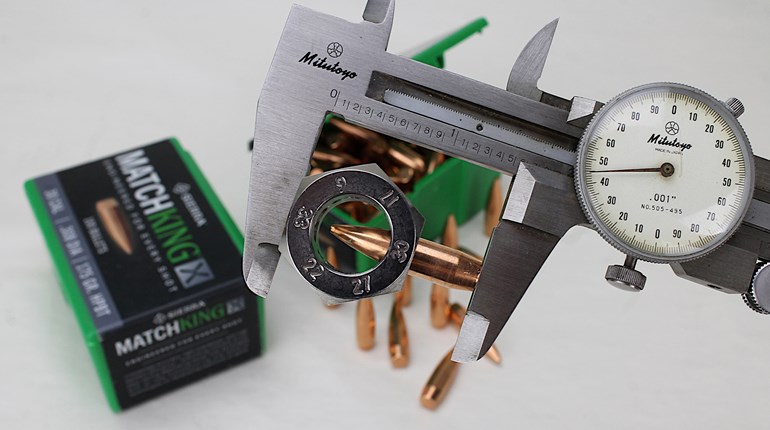
While you can usually use more than one tool for a given task, the one specifically designed for that chore is always the best choice. For example, while a bicycle can be used for transportation, it’s not the best choice for crossing the United States. Instead, an airplane would be the best choice. The same holds true for cartridges and bullets used for hunting big-game animals. There is no single, all-around cartridge or bullet ideally suited for every animal or situation.
Choose Your Cartridge
With the number of cartridges available increasing almost annually, how do you know which one is best for your rifle? There are several factors to take into consideration before making a decision; the first is where you want to hunt. If your rifle will be primarily used in the state in which you reside, you should check the state regulations to see what the cartridge minimums—and maximums—are for hunting big game, as they vary significantly.
If you ever hunt in a different state, you will still need to know that state’s regulations. For example, some states allow the use of .22-caliber centerfires, such as the .223 Remington and .22-250 Remington, for deer hunting, while others require .243-caliber rifles such as the .243 Winchester or 6 mm Remington as minimums. The same holds true for elk. While Colorado allows hunters to use the .243 Winchester for elk, most of the other western states require much larger calibers. Knowing state regulations gives a good starting point for cartridge selection.
What Will You Be Hunting?
Cartridge selection should be based on the animal you hunt most. For example, if you hunt whitetail deer the majority of the time and only occasionally hunt elk or moose, you are better off with a .270 Winchester than a heavy-recoiling .375 H&H Magnum. The .270 Winchester can be used for all three.
You also need to factor in the terrain and habitat of the quarry. Hunting in the East is usually done at close range in thick brush and small woodlots, while Western hunting generally requires long shots across open terrain. This is why Eastern hunters are successful using short-range cartridges with heavier bullets, such as the .30-30 and .35 Remington. However, standard cartridges like the .270 Winchester, .308 Winchester and .30-06 are utilized in the East as well. Western hunters would be better off using flatter-shooting cartridges utilizing light- to medium-weight bullets. Use heavier bullets though, if you’re hunting tough animals like elk or big bear.
Once you know state regulations, the quarry and the terrain, you need to determine your rifle limitations. This means figuring out the largest rifle you’ll be able to handle and shoot accurately. Bigger is not better if you cannot accurately place your shot. It is far better for a hunter to use a 100-grain .243 bullet and hit the vitals of a deer than use a 250-grain .338 bullet and hit outside the vital area. Choose a cartridge that has tolerable recoil, one you can place the bullet in the vitals with, and you will have a more rewarding experience in the field.
The larger the animal the more energy is needed to put it down. You can determine the foot-pounds of energy of a given cartridge by either looking on the box or searching the company’s Web site. For whitetail, mule deer and small black bear I recommend using a cartridge that strikes the animal with at least 450-foot-pounds of energy. Although these animals are not as tough as some of the others, an accurate shot is paramount to recovering your trophy. Elk are tough animals, so I like to have the bullet impact with at least 1,000 foot-pounds of energy. Of course more is better. This also holds true for bears (excluding polar or brown), caribou, moose and other similar-sized animals.
Bullet Basics
As important as it is to choose the right cartridge for the situation and quarry, it is even more so with bullet selection. No one bullet is ideal for every situation. Once again, you need to first consider your quarry and terrain, but in addition you must determine what you want the bullet to do. Your decision will impact what happens from the moment the bullet leaves the barrel through expansion and penetration upon contact with the animal. Boattail bullets have a more streamlined profile than traditional, flat-based bullets, so they overcome wind better and drop less at greater distances, making them good choices for long shots. For shots under 300 yards, either will work fine. Polymer-tipped bullets also work well for big-game hunting. They expand as well as standard hollow points and the soft points help resist tip damage in the magazine.
Rapid-expansion bullets have thin copper jackets and soft lead cores that disrupt quickly and deliver much of the bullet’s energy to the animal, which puts the animal down quickly. These bullets are great for thin-skinned game such as deer and smaller species of black bear.
Controlled-expansion bullets retain much of their weight and penetrate deep—even through thick hide, bone and muscle—ensuring they reach the animal’s vitals. These bullets are excellent choices for elk, caribou, moose, bear, and up to the largest, most dangerous game. Although controlled-expansion bullets will certainly take lesser animals, I would instead recommend using rapid-expansion bullets, except when using .22-caliber centerfires. Do not, under any circumstance, use varmint or target (match) bullets to hunt big game. They are designed to fragment upon impact, which means they can to fail to penetrate and reach the vitals to humanely harvest the animal.
Bullet weight is also a factor in bullet selection. Heavier bullets hit harder than lighter ones when propelled at the same velocity, so try to find a bullet that gives the optimum combination of energy and trajectory. Lighter bullets, on the other hand, shoot considerably flatter, but lose energy faster. Essentially it is a tradeoff of energy and trajectory. For hunting deer or other medium-sized game, the low energy levels are needed; however, for elk and other large animals you want all the energy you can get, so go for the heavier bullets.
Now that you know what to look for in a bullet and their applications, the deciding factor ultimately comes down to accuracy, that is, which one shoots best in your gun. Some bullets will shoot better than others in any given firearm, so a bit of experimentation is required. Try different brands and styles, and also vary weights in each brand. By finding the ideal cartridge and bullet combination, you’re on your way to having a successful trip afield.
Cartridge Recommendations for deer and small black bear:
.243 Winchester, 6 mm Remington, .243 WSSM, .25-06 Remington, .25 WSSM, .260 Remington, .264 Winchester Magnum, .270 Winchester, .270 Weatherby Magnum, .270 WSM, 7 mm-08, .280 Remington, 7 mm WSM, 7 mm Remington Magnum, 7 mm Weatherby Magnum, .30-30, .308 Winchester, .30-06, .300 WSM, .300 Winchester Magnum, .300 Weatherby Magnum, .35 Remington.
Cartridge Recommendations for elk, caribou, moose, bear (excluding polar and brown):
.264 Winchester Magnum, .270 Winchester, .270 Weatherby Magnum, .270 WSM, .280 Remington, 7 mm WSM, 7 mm Remington Magnum, 7 mm Weatherby Magnum, 7 mm Remington Ultra Mag., .308 Winchester, .30-06, .300 Winchester Magnum, .300 WSM, .300 Weatherby Mag., .300 Remington Ultra Magnum,8 mm Remington Magnum, .338 Winchester Magnum, .340 Weatherby Magnum, .338 Remington Ultra Mag., .375 H&H Magnum, .375 Remington Ultra Mag.







































